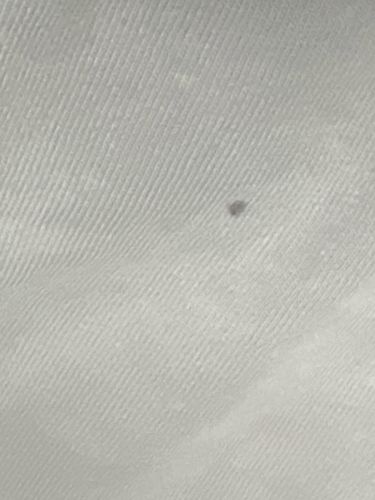Dust Mite
Scientific Name: Too small to identify to species, but typically Dermatophagoides farinae or Dermatophagoides pteronyssinus.
Order & Family: Order: Acariformes, Family: Pyroglyphidae (commonly Dermatophagoides species)
Size: Microscopic, typically 0.2-0.3 mm (0.008-0.012 inches) in length. They are not visible to the naked eye.

Natural Habitat
Commonly found in homes, particularly in bedding, mattresses, upholstered furniture, carpets, and curtains where shed skin cells accumulate. They prefer environments with high humidity (70-80% RH) and temperatures between 68-77°F (20-25°C).
Diet & Feeding
Dead human and animal skin cells (dander).
Behavior Patterns
Dust mites thrive in warm, humid conditions and feed on dead skin cells. They reproduce rapidly, especially in mattresses, bedding, upholstered furniture, and carpets. They do not bite or sting but cause allergic reactions through their fecal matter and body fragments.
Risks & Benefits
Potential Risks: Dust mites are a significant trigger for asthma, allergies, and eczema in sensitive individuals. Their airborne allergens can cause symptoms such as sneezing, runny nose, itchy eyes, skin rashes, and respiratory issues. Potential Benefits: No direct known benefits to humans or the ecosystem; they are primarily considered pests.
Identified on: 8/29/2025